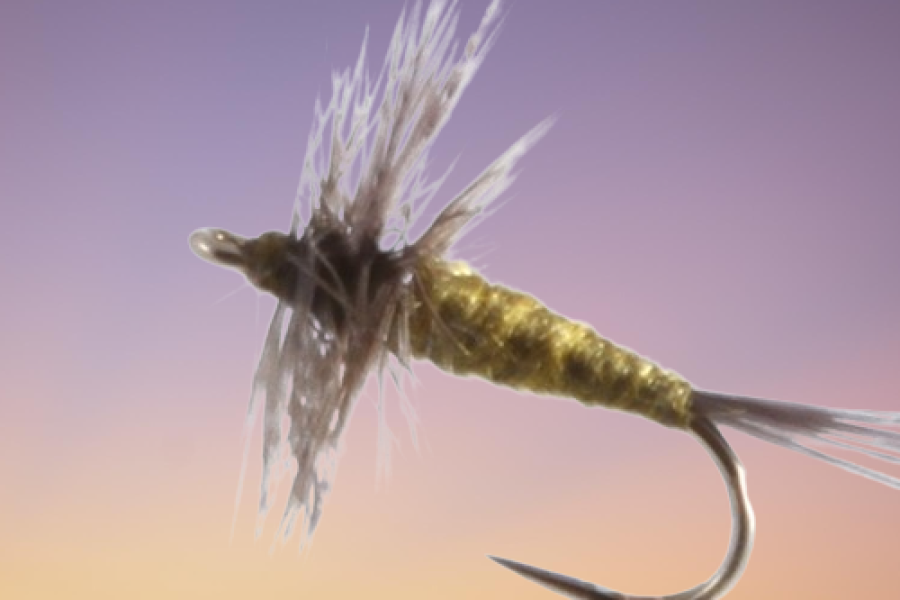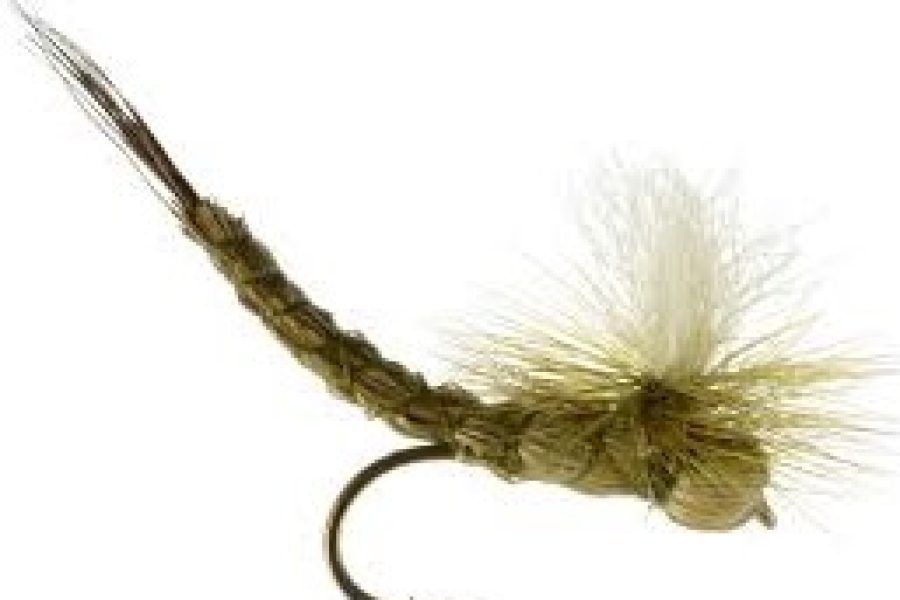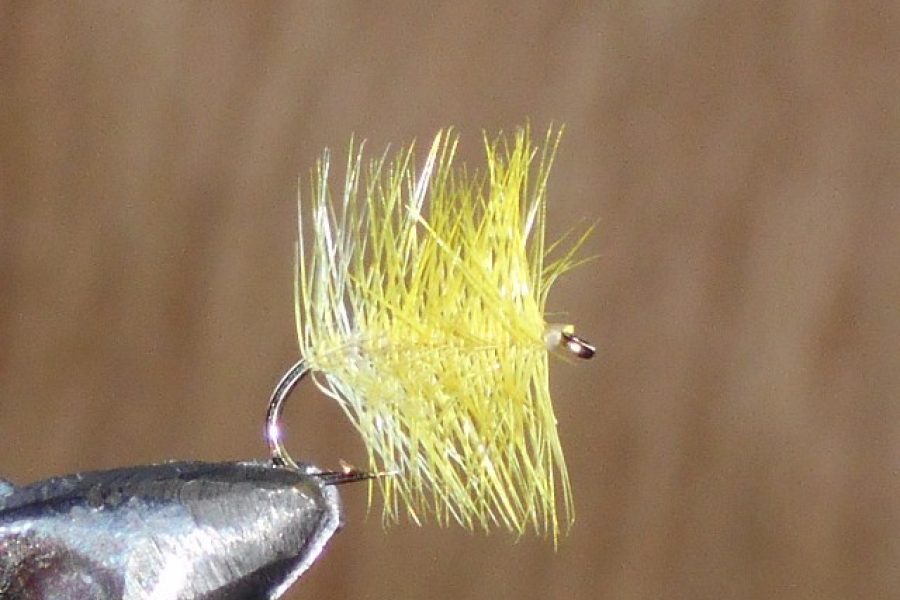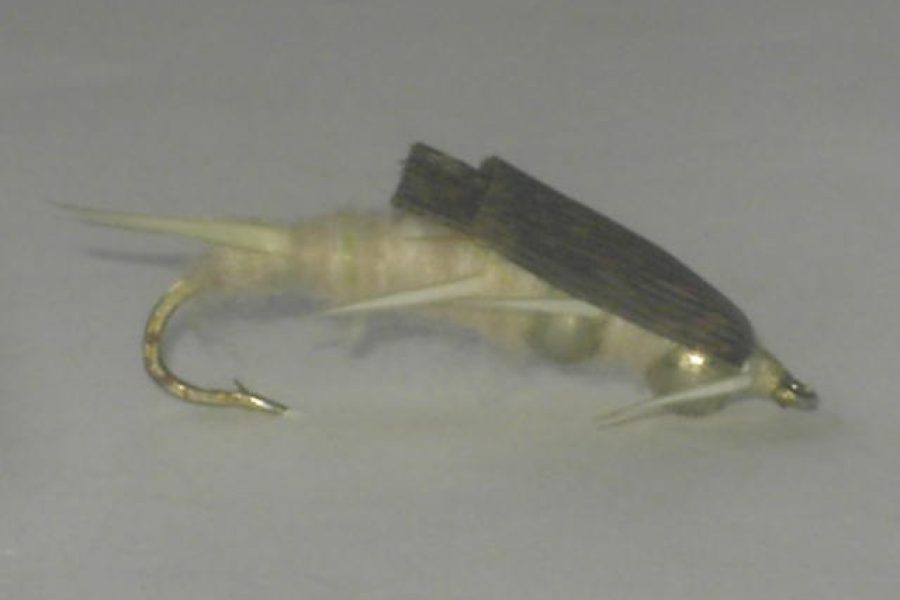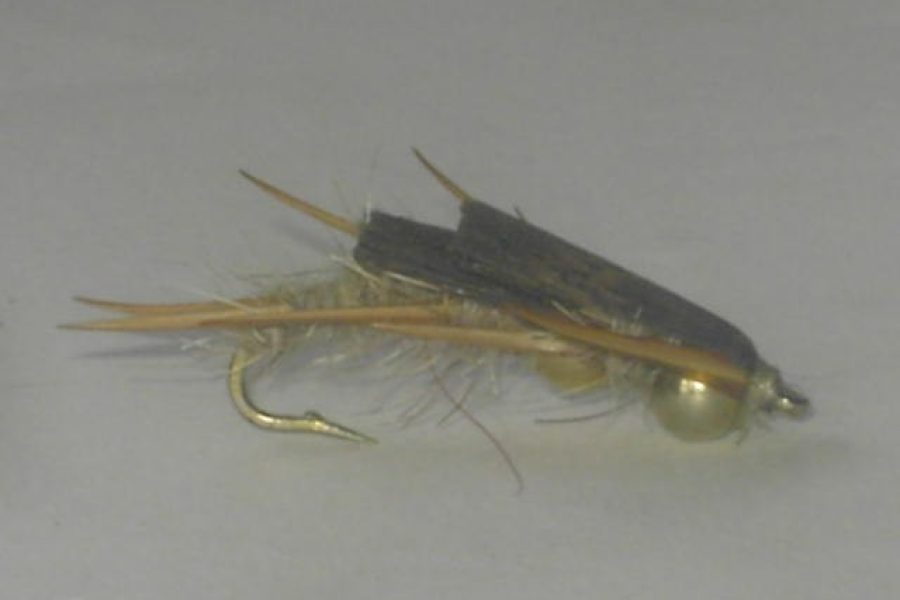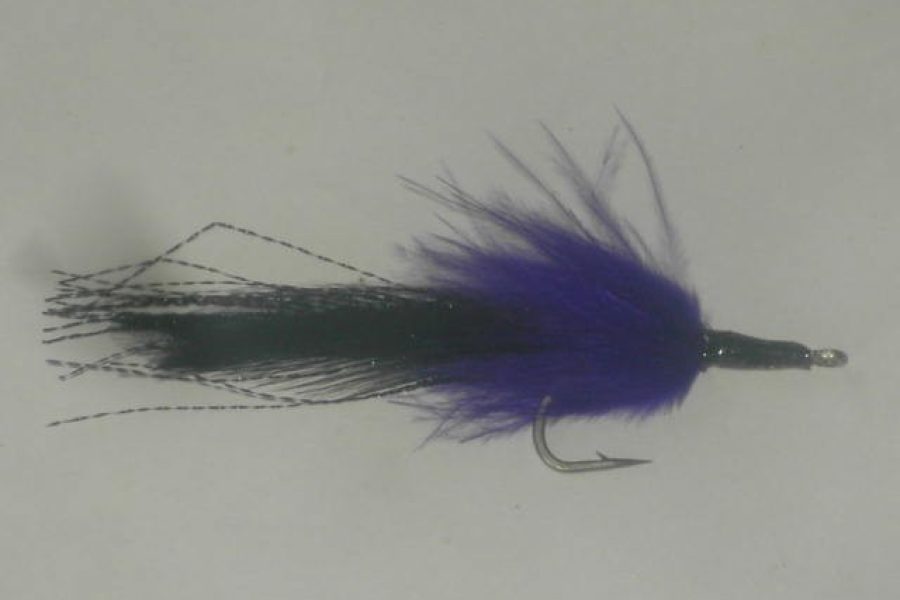Description
Product Overview and Heritage The Partridge & Orange wet fly stands as one of fly fishing’s most enduring and effective patterns, tracing its origins back to the classic North Country fly fishing traditions. This time-tested pattern combines the subtle appeal of partridge feathers with the warm attraction of orange silk, creating a versatile fly that has proven its worth across generations of anglers. Its enduring popularity speaks to both its catching ability and its place in fly fishing heritage.
Design Philosophy and Material Selection The pattern’s effectiveness lies in its elegant simplicity:
- Premium natural partridge feathers
- Traditional orange silk body
- Classic wet fly hook
- Fine copper wire ribbing
- Sparsely hackled design
- Historical tying techniques
Each component is carefully selected to maintain the pattern’s traditional effectiveness while ensuring modern durability standards.
Technical Specifications
Hook Characteristics:
- Traditional wet fly hook
- Available sizes: 12-18
- Standard wire strength
- Down-eye design
- Standard point
- Classic wet fly bend
Material Properties:
- Natural partridge feathers
- Pure silk thread
- Copper wire ribbing
- Proportional design
- Traditional colors
- Durable construction
Construction and Tying Process The pattern’s success relies on traditional tying methods:
- Precise proportions
- Sparse hackle application
- Smooth body tapering
- Secure wire ribbing
- Traditional techniques
- Historical accuracy
Fishing Applications and Techniques
Wet Fly Presentations:
- Down-and-across swings
- Upstream and across
- Dead drift approaches
- Traditional wet fly swing
- Multiple depths
Specialized Applications:
- Stream fishing
- River techniques
- Small water tactics
- Traditional methods
- Modern adaptations
Seasonal Effectiveness
Spring Performance:
- Early season hatches
- High water periods
- Cold water conditions
- Pre-emergence fishing
- Multiple species
Summer Applications:
- Morning sessions
- Evening fishing
- Deep runs
- Fast water
- Multiple presentations
Fall Tactics:
- Late season fishing
- Cooling waters
- Changed conditions
- Pre-winter feeding
- Mixed techniques
Winter Strategy:
- Tailwater fishing
- Midday activity
- Slow presentations
- Deep pools
- Limited opportunities
Habitat and Water Types
River and Stream Applications:
- Small streams
- Medium rivers
- Fast runs
- Deep pools
- Current seams
Stillwater Techniques:
- Lake edges
- Wind lanes
- Drop-offs
- Structure areas
- Shallow bays
Target Species and Behavior
Primary Target Species:
- Brown Trout
- Rainbow Trout
- Brook Trout
- Grayling
- Sea Trout
- Mountain Whitefish
Feeding Behaviors:
- Active feeding
- Opportunistic takes
- Pattern recognition
- Natural triggers
- Instinctive responses
Rigging Recommendations
Leader Setup:
- 7-9 foot leaders
- 4X-5X tippet
- Traditional setups
- Modern adaptations
- Multiple configurations
Presentation Options:
- Single fly
- Dropper rigs
- Team of wets
- Traditional methods
- Modern techniques
Traditional Applications
Historical Success:
- North Country methods
- Classic presentations
- Time-tested results
- Traditional approaches
- Heritage techniques
Modern Adaptations:
- Contemporary uses
- Modified presentations
- Updated materials
- Modern leaders
- Current applications
Care and Maintenance
Post-Fishing Care:
- Gentle drying
- Hackle maintenance
- Material inspection
- Storage preparation
- Regular checking
Storage Requirements:
- Dry environment
- Protected storage
- Regular inspection
- Proper organization
- Moisture prevention
Advanced Fishing Methods
Presentation Techniques:
- Traditional swing
- Modern drift
- Combined methods
- Depth control
- Speed variations
Water Reading:
- Current understanding
- Depth assessment
- Structure location
- Fish holding areas
- Presentation angles
Environmental Considerations
Conservation Features:
- Barbless options
- Natural materials
- Traditional methods
- Minimal impact
- Sustainable approach
Material Selection:
- Ethical sourcing
- Quality components
- Traditional materials
- Responsible choices
- Sustainable options
Water Clarity Adaptations
Clear Water:
- Size selection
- Sparse dressing
- Precise presentation
- Leader consideration
- Stealth approach
Colored Water:
- Larger sizes
- Brighter materials
- Modified techniques
- Adjusted depths
- Enhanced visibility
Scientific Design Elements
Hydrodynamics:
- Water flow
- Sink rates
- Movement patterns
- Current interaction
- Natural drift
Visual Aspects:
- Light reflection
- Color contrast
- Natural appearance
- Size proportion
- Movement characteristics
Entomological Considerations
Natural Imitations:
- Small insects
- Aquatic life
- Multiple species
- Life stages
- General attractors
Behavioral Mimicry:
- Natural movement
- Life-like action
- Realistic drift
- Proper size
- Correct color
Historical Context
Pattern Origins:
- Traditional development
- Regional variations
- Historical significance
- Evolution over time
- Modern influence
Cultural Impact:
- Angling tradition
- Regional importance
- Pattern significance
- Teaching value
- Heritage preservation
Pattern Variations
Regional Differences:
- Local adaptations
- Color variations
- Size modifications
- Material substitutions
- Traditional ties
Modern Interpretations:
- Contemporary materials
- Updated techniques
- Modified designs
- Current applications
- New innovations
Additional information
| Hook type | Barbed Hooks, Barbless Hooks |
|---|---|
| Hook size | 10, 12, 14, 16, 18, 20, 6, 8 |



